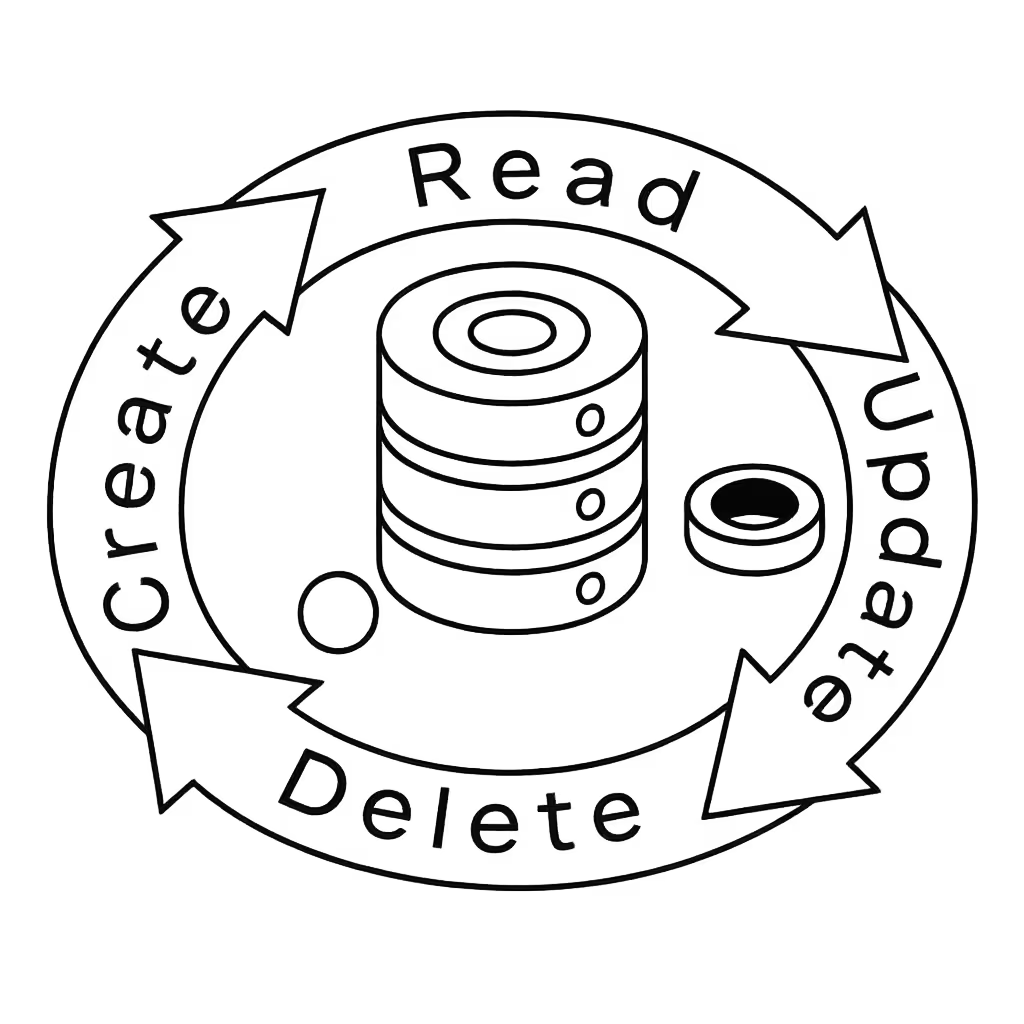CRUD Operations Catalog
CRUD is the acronym for CREATE, READ, UPDATE, and DELETE. This catalog provides step-by-step guides on implementing CRUD across various programming languages, frameworks, and databases.
CRUD Operations
Create (C)
Adds a new record to a database. In RDBMS, this inserts a new row in a table. In NoSQL, a new document or item is added.
Read (R):
Retrieves records based on search criteria. It can return all records or specific fields.
Update (U):
Modifies existing records. Ensures consistency when updating multiple fields in a record.
Delete (D):
Removes records. A hard delete erases the data, while a soft delete flags it but keeps it stored.
What are CRUD operations?
Any company tracking data (such as user accounts, payment data, or other records) requires systems that provide persistent storage, which is often presented as a database. CRUD consists of four operations teams use to implement persistent storage applications like relational databases. Operations such as security control, transaction control, access, and permission, and performance optimization are all based on CRUD.

Why are CRUD operations so important?
CRUD (Create, Read, Update, Delete) is essential for database interactions. It enables data storage and management. REST APIs, widely used in web development, are built on CRUD principles. CRUD is crucial not just for developers but also for users—actions like registering, creating content, and saving bookmarks all rely on CRUD operations.

CRUD best practices
1. Implement rigorous Input validation
Proper input validation is essential to prevent SQL injection, cross-site scripting (XSS), and data corruption, so it's best to utilize strict schema validation for structured databases.
2. Secure APIs with authentication and authorization
Protect database access by implementing role-based access control (RBAC) and attribute-based access control (ABAC), ensuring API endpoints handling CRUD operations are secured with OAuth 2.0, JWT, or API key-based authentication.
3. Optimize query performance with indexing and caching
Use database indexing on frequently queried fields to improve search efficiency and implement query optimization techniques like denormalization and materialized views when necessary.
4. Ensure robust error handling and transaction management
Implement structured error handling using try-catch blocks and centralized logging to capture exceptions and use ACID-compliant transactions for relational databases and eventual consistency mechanisms for NoSQL solutions to ensure data integrity.
5. Implement soft deletes for data retention compliance
Instead of permanently deleting records, implement soft delete mechanisms by adding an is_deleted flag or moving data to an archival table as helps with audit trails, compliance with data regulations like GDPR and CCPA, and recovery from accidental deletions.

